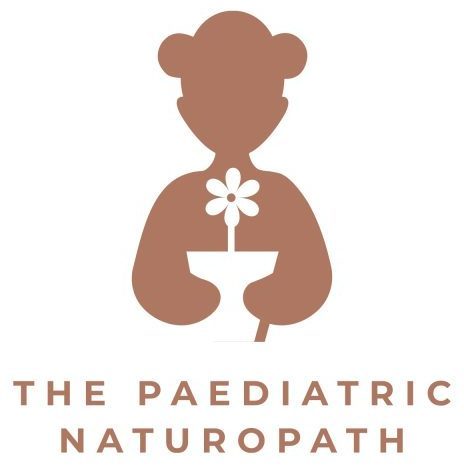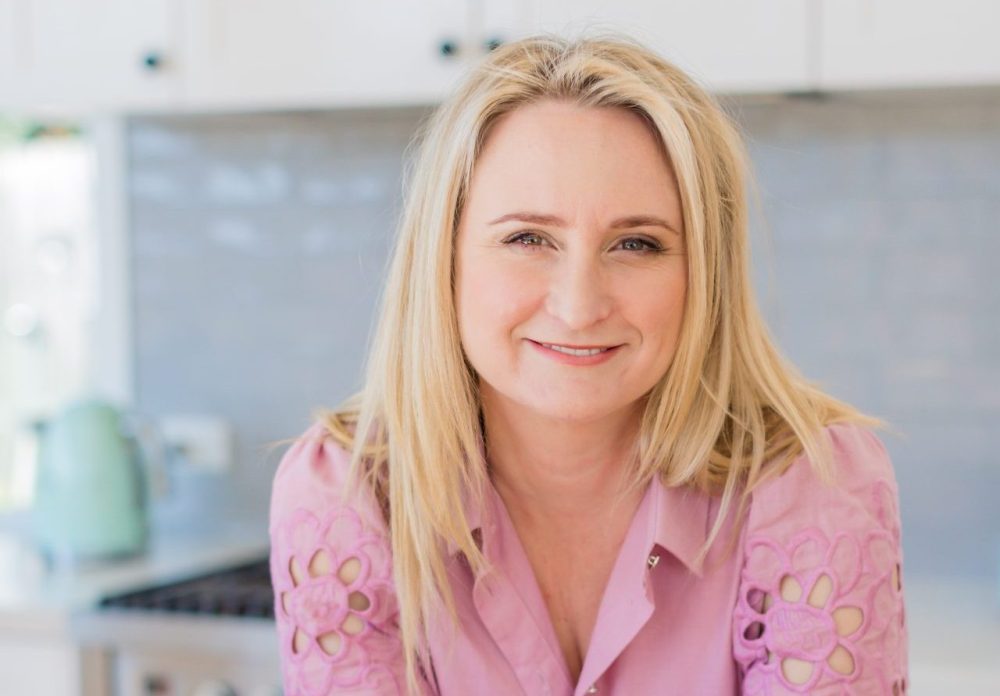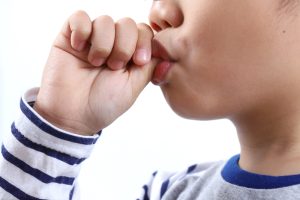Sonya brings to the fold a wealth of experience in epilepsy in children and the many beneficial ways in which complementary therapies can form an integral part of treatment. A diagnosis of epilepsy in a child is both confronting and overwhelming for parents who often have more questions than answers.
We sat down with Sonya to learn a little more about her experiences and how she can help families looking for options in this area.
Q. What are the main areas parents of children with epilepsy are interested in learning more about?
Families come to me because they want to do everything they can to support their child’s wellbeing – looking at ways to potentially reduce their seizures and enhance their quality of life. Anti-epileptic drugs (AEDs) can have various side effects including mood/energy/dysregulated sleep so a lot of times parents are looking to enhance not just their child’s quality of life whilst they are on medication, but that of the whole family unit.
Many clients come to me on polypharmacy (more than one medication) so understanding these medications, how they work and the common side effects is critical.
The good news about long term complementary therapy is that it is usually safe. The incredibly important part is that any supplementation needs to be done under the care of a suitably qualified health professional who has an in-depth understanding of any potential interactions between medications and supplements.
AEDs can cause nutrient deficiencies (eg sodium valproate is well known to impact folate), so it’s important to work with a practitioner who will look at the impacts the medications could be having on your child’s vitamin and mineral status.
Q. Broadly, what specific dietary approaches show promise in managing epilepsy?
Low glycaemic index treatment (LGIT) is a promising therapeutic dietary approach. One of the reasons patients come off the Ketogenic/Modified Atkins Diet is it is hard to sustain. While a LGIT style of eating is more sustainable, it is a newer treatment with less robust evidence. The take home message from the research is LGIT is beneficial in those with intractable epilepsy (eg. those not responding to 2 or more medications) – the same population who is being offered the Keto diet. The other advantage is that LGIT can be done at home where a strict keto diet needs to be done in a hospital setting under strict supervision due to the potential side effects (eg. kidney stones).
Ultimately the goal is to include good quality carbohydrates which won’t spike blood sugars and combine this with protein and good fats.
Q. In your experience, are there any foods or food additives that should be avoided in the diet of a child with epilepsy?
Given what we know about the gut-brain connection, it has been hypothesised that where there is inflammation in the gut there may also be inflammation in the brain.
For this reason, I typically advise the removal of overly processed foods, eating a low-allergen diet, and examination of any intolerances or food allergies children with epilepsy may have.
For example, studies have shown a high incidence of cow’s milk allergy in epileptic children, with coeliac disease also found to be more common. As such, removing both dairy and gluten is a great place to start. Typically the sooner gluten is removed from the diet once seizures start, the better its impact will be.
There is also evidence for removing artificial flavouring and sweeteners such as aspartame and monosodium glutamate (MSG).
Q. What are the potential challenges or side effects associated with dietary interventions for epilepsy in children?
An epilepsy diagnosis or not – kids can be very fussy eaters! It’s common for kids to get bored with food – they want to go to parties and eat junk.
When this occurs, parents need to get inventive – have a go-to collection of keto-friendly recipes at your fingertips. Examples include modified cupcakes, slices and even a few sugar-free lolly options so your child doesn’t feel like they’re missing out.
Q. What is the best way to implement a specific dietary approach?
Start with what you as a family or the child eat now – then start changing it up – eg. white bread could swap to rye sourdough as one start.
Don’t change everything at once and get overwhelmed, go slow and steady. Working with myself or any of the team at The Paediatric Naturopath who understand nutrition can provide you with some tips and tricks to make it easier for you. A nutritionist can work alongside your doctor or medical team to provide advice on using vitamins, minerals, and other nutrients as therapies.
Q. In your experience, what are some success stories or notable outcomes you’ve observed in children with epilepsy who have undergone dietary therapy?
I have seen some remarkable successes over the years. I could create a long list, but just some of them include a reduction in seizures of generally 50% or more, which is quite significant when some children have a severe seizure type.
I have also seen an improvement in sleep – and when a child sleeps better the whole household sleeps better. I have also seen children who had previously not been able to attend school due to poor concentration have improvements to cognition to the point that they were able to rejoin school again to enjoy both the educational and social aspects of learning.
If you have a child experiencing seizures, and would like some more information or support, then Sonya Reynolds is available to chat. Follow the link to book a consultation today! Or get in touch regarding using your NDIS funding for treatment.




